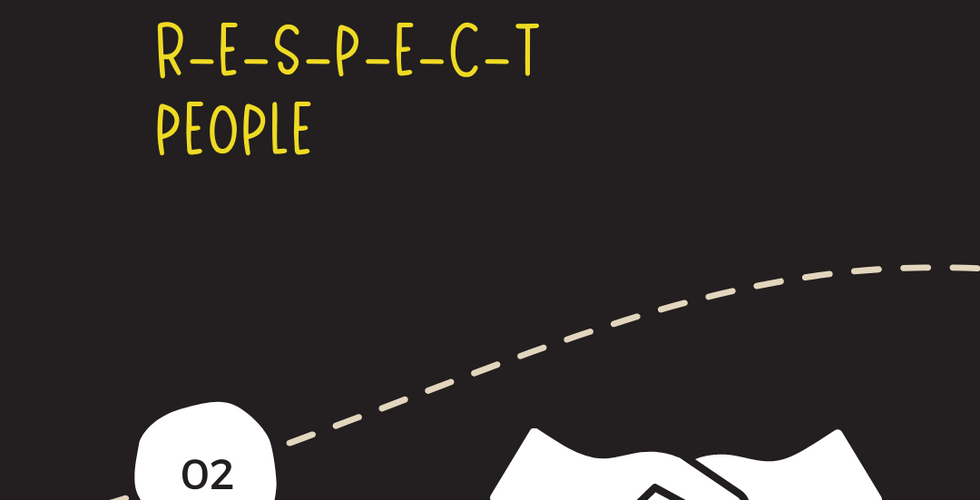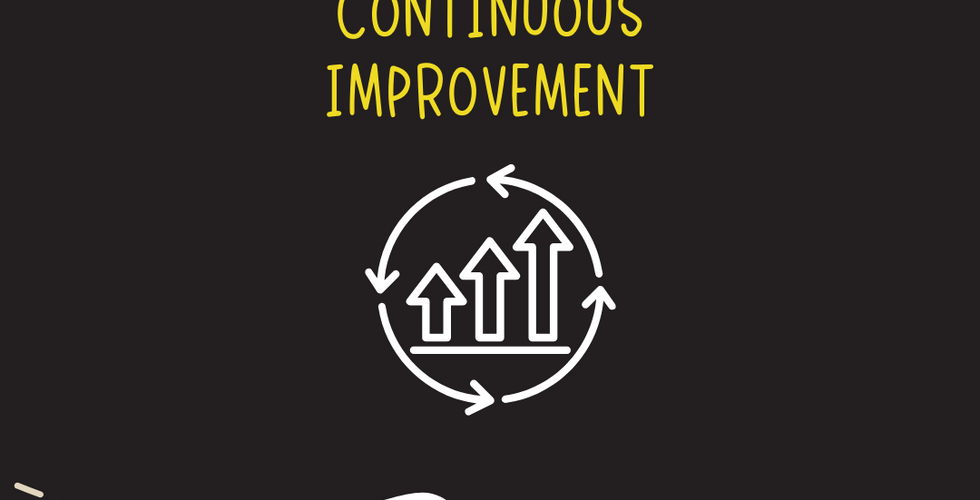Lean Construction for the Masses: What You Need to Know
- Jordan Christensen
- Apr 30, 2022
- 4 min read
Since not everyone is well-versed in lean practices and how they apply to construction, I thought I would take a second to educate all of us on the basic explanation and principles. This will consist of a series of blogs that will focus on the lean foundations behind Takt planning and the creation of the InTakt tool.
What is lean construction?
It is very easy to become overwhelmed when first getting into lean. Lean concepts can apply to many different industries with various methodologies. Lean construction itself is a very broad term that I could write a whole book on…and yes, there are lots of them out there! For the purposes of this blog, I’m going to keep it simple and just cover the essentials. Very LEAN of me, isn’t it?
Lean construction is a people-based philosophy that looks to minimize weaknesses and maximize strengths. The term ‘lean construction' is really a variable and overarching methodology that encompasses many different approaches and tools. Lean construction aims to reduce inefficiencies in cost, time, effort, and materials. A more sustainable business model is the end goal. This is done by improving problem-solving, measuring success, and acting to eradicate issues. To delve into the definition more, we need to understand lean production.
Evolution of lean construction from lean production
Lean construction evolved somewhat from lean production, which is a philosophy that strips down a project to essentials through ideas and systems. Henry Ford was one of the first to adopt this way of thinking with the Model T in 1913. Lean production was further refined and perfected by Toyota, an automobile manufacturer, and Taiichi Ohno, the creator of the Toyota Production System. Other companies adopted some of these strategies starting in the 1990s, and a lean movement began. The International Group for Lean Construction (IGLC) was formed in 1993, and they further developed the theory as we know it today. The Lean Construction Institute (LCI) was founded in 1997, which focuses more on the implementation of the theory.
Achieving a more efficient process
First off, why is lean construction even a thing? Because construction as an industry is broken. Before you start arguing, let me throw a few statistics at you. Construction labor efficiency/productivity has decreased while all other non-farming labor efficiency has doubled or more since the 1960s. Currently, 70% of projects are over budget and delivered late. The industry still sees about 800 deaths and thousands of injuries per year. (Transforming Design & Construction, LCI) So, it seems like a better solution needs to be implemented. That’s where the lean concept comes in.
Lean construction uses Integrated Project Delivery (IPD) to create a unified project focused upon conditions of satisfaction. This ensures the whole team is working collaboratively towards a common goal. Lean requires a solid understanding of project management and planning. Unnecessary steps that waste vital resources- including time, manpower, cost, and materials- are eradicated. Once a more efficient process is established, the lean concept also relies on continuous improvements. Many different tools are used in the lean construction realm. The Last Planner System (LPS), 5 Whys, Choosing By Advantages (CBA), visual planning, Building Information Modeling (BIM), A3, value stream mapping, 5S, and Takt time planning are just a few of the tools used.
Four major steps of lean construction (PDCA)
Plan- identifying areas of improvement
Do- enacting changes for positive impact
Check- quantifying that impact
Act/Adjust- making modifications and sharing knowledge
These four steps are cyclical in nature and need to be the shared mindset of the team.
Six basic principles of lean construction
Identify client values
R-E-S-P-E-C-T
Focus on process & flow
Eliminate waste
Optimize the whole
Continuous improvement
Determining what the client values is vital to the whole process and creates a sense of rapport and trust. This goes hand-in-hand with the next cornerstone, respect. Lean construction really comes down to respect and relationships. Materials and ideas are only valuable once people turn them into the end product. An environment of respect ensures that waste is not created due to the untapped potential of individuals. When individuals feel respected and appreciated, the focus can then be to maximize the whole project through process and flow. Flowcharts called value stream mapping help the team visualize areas of wasteful elements that can be eliminated. There are many different types of waste that can be cut out, including defects, production waste, time waste, talent waste, transportation waste, inventory waste, movement waste, and process waste. Once wastes are identified and dealt with, the sequence can flow without delays and continuous improvements can be made.
Benefits of lean construction
Reduced costs
Reduced construction time
Reduced waste
Decreased workplace accidents
Increased predictability and reliability
Improved overall outcomes
Increased employee morale
Decreased manpower requirements
Increased productivity
Increased customer satisfaction
Increased worker accountability
Increased opportunities for innovation
Requirements for lean construction to work
For any methodology relating to lean construction to be successful, the whole team needs to be on board. Lean construction is based upon relationships of trust and respect. Sometimes, change is difficult for people, especially if they have been following a certain process for a long period of time. There needs to be clear and concise communication between the project managers and the rest of the team. Management can make or break lean construction and the rest of the team’s mentality towards it.
Flowing into the future
Due to the current nature of supply chain depletions and delays, companies are looking for alternative ways of completing projects. One of these ways is lean construction. Elimination of waste and streamlined processes are vital as we navigate through this scarcity of materials, manpower, and other resources. Even though lean is an old concept, it continues to be applicable to today’s industries. As a methodology, lean construction is continuously improving with new tools to facilitate success, which I think is serendipity.
Next up on the blog, I will be focusing on Takt planning from a newbie’s perspective, going over everything from history of Takt to tools to use on real-life projects. Stay tuned to learn more as we work our way through the lean journey to InTakt!
Keep moving forward-
Jordan

















